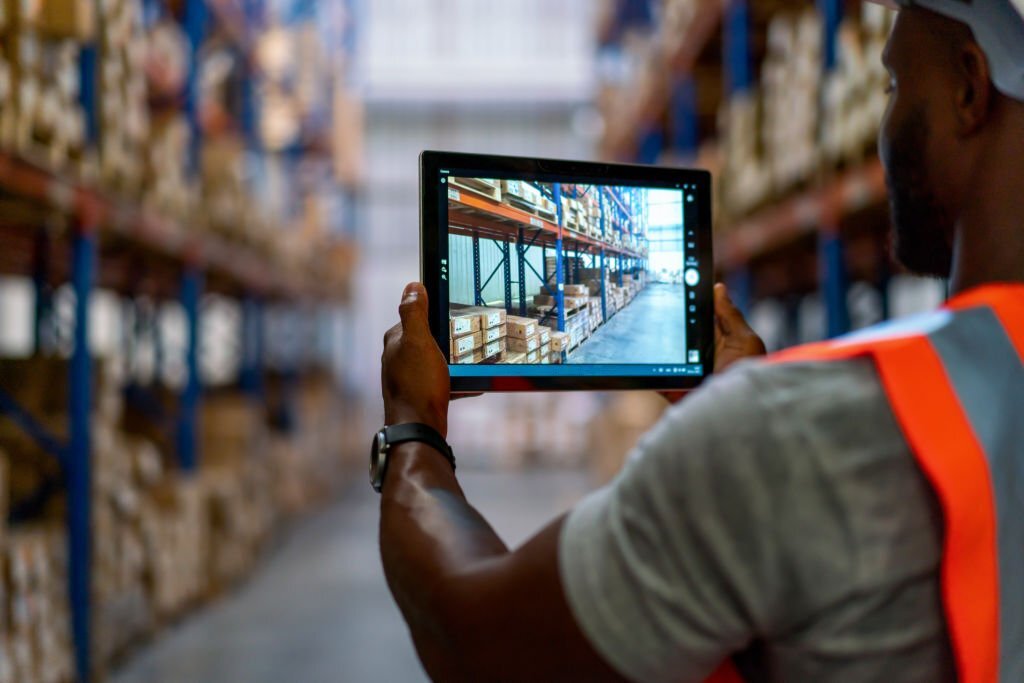The pandemic helped businesses adopt digital transformation much faster than predicted, and the ultimate goal of digital transformation is for the organization to serve customers better. With consumer goods secondary sales, only leveraging technologies like distribution management software and direct store delivery is not enough. Digital transformation of CPG sales has to be an all-compassing approach and mindset that you bring across the organization and in the field forces. On top of this, CPG companies and distributors have unique supply chain challenges of depleting profit margins and non-sustainable operations.
Simplistically put, digital transformation is not about buying tools and technology in consumer goods. It is the way to survival for companies in the future and for improving the bottom line, and it starts with the right distribution management software- the right technology.
Complexities of Consumer Goods Supply Chain
With digitization, businesses can reach customers anywhere- offices, shopping malls, homes, etc., on their mobile devices and emails. However, it did make things challenging, with everyone fighting for consumer engagement. With a niche industry like consumer goods, the challenges are numerous and unique, and the brands strive for consumers’ attention.
On top of the intense competition for consumers’ mindshare, the consumer goods industry is moving towards sustainable operations while meeting stringent compliance standards and maintaining an omnichannel presence. These challenges bite off large chunks of profits from the CPG companies and distributors when not played right.

Digital Transformation in CPG
As discussed previously, digital transformation for CPG companies is no longer a wish but a matter of survival.
Step 1: Distribution Management Software
The first step of digital transformation in the Supply chain is digitizing distribution, which means helping distributors find suitable software to simplify order taking, order fulfillment, and distribution management.

Step 2: Sales Force Automation
The second step involves digitizing the field force agents and offering them a customized solution for their day-to-day needs to simplify tasks and improve achievements. Digital transformation of field forces with a sales force automation tool saves time, increases productivity and efficiency, and achieves targets faster.
Distributors can use Direct Store Delivery Systems to enhance the movement of products. Sub Distributors or retail stores can effectively use DSD systems to ensure product availability in warehouses by ordering every time the stocks fall below a threshold value. They will also have options to pick up delivery slots at their convenience.
Step 3: DTC Marketplace
Step three is to set up software solutions for marketplaces catering to retailers who want to place orders from manufacturers. Marketplace apps help you distribute products to stores, even during unprecedented situations, and help optimize your workforce, as fewer sales reps can manage ordering and deliveries.
Step 4: AI/ML & Image Recognition
Manufacturers usually hire merchandisers who ensure that retail stores are well-maintained and stocked. Digitization can handle everything from arranging planograms to recreating aisles across multiple markets to ensure that sales always stay ahead. With Ivy Eye, our image recognition software, consumer goods companies can automate and simplify these mundane tasks that were otherwise manually performed.
Stakeholders can make effective decisions with analytics and data processing with AI/ML. Intelligent recommendation engines can make product recommendations for selling, and analytics solutions make sure you have a bird’s eye view of your business, customers, and buying patterns.
Reasons to Invest in Digital Transformation
Digital Transformation allows organizations to connect fragmented business processes into one and eliminate silos. Each connected process would then bring in data that would converge at a single source, allowing the organization to have a 360-degree view of customers, processes, and results. Here is why your organization needs digital transformation:
1. For a single source database to slice and dice data for improved visibility and performance measurement
2. Leverage insights from a single data source to improve every aspect of the customer journey
3. Boost internal efficiency and reduce costs by streamlining processes
4. Access to actionable insights based on customer trends and behavior to identify new opportunities
5. Simplify operational processes and tasks to empower your employees
6. Streamline production and expand the operations by investing additional resources as and when required
7. Strategize to beat competitors by utilizing analytics and market feedback
8. Process information and data in real-time almost immediately to help manage inventory efficiently
9. Improve sales by pushing SKUs based on the insights and metrics derived from a single source of Data
Conclusion
Data shows that the global digital transformation market will grow to $1,009.8 billion by 2025. It promises to grow at a CAGR of 16.5% from $469.8 billion in 2020. As a CPG company, missing to get on board with digital transformation means missed opportunities, lost revenue, and a not-so-promising growth trajectory.
Book your demo with us today to find fulfilling sales trajectories for 2023.